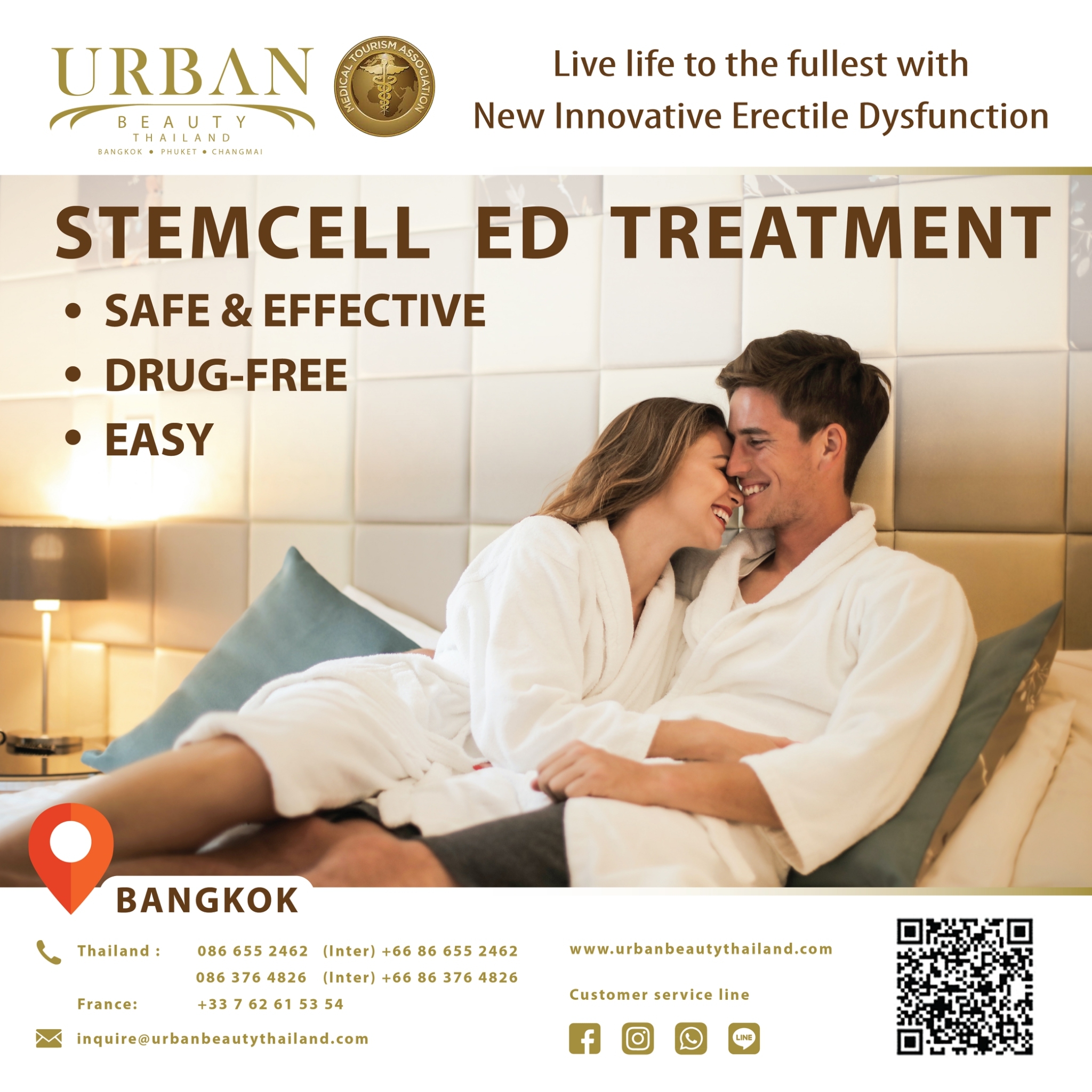Erectile dysfunction (ED) is a prevalent situation affecting millions of men worldwide, considerably impacting their high quality of life and psychological well-being. Traditionally, ED has been managed by way of pharmacological interventions corresponding to phosphodiesterase sort 5 inhibitors (PDE5i), including sildenafil (Viagra), tadalafil (Cialis), and vardenafil (Levitra). Nevertheless, erectile dysfunction treatment us latest developments in medical analysis have led to the event of modern treatment modalities that promise to improve outcomes for patients affected by this condition. This article goals to evaluate the newest developments in ED treatment, focusing on new pharmacological brokers, regenerative therapies, and non-invasive procedures.

Overview of Erectile Dysfunction
Erectile dysfunction is defined as the lack to attain or maintain an erection adequate for satisfactory sexual efficiency. The etiology of ED may be multifactorial, encompassing psychological, neurological, hormonal, and vascular components. Common danger components embrace age, diabetes, cardiovascular illness, obesity, and life-style decisions reminiscent of smoking and extreme alcohol consumption. Given its complicated nature, a complete approach to treatment is crucial.
Novel Pharmacological Treatments
While PDE5 inhibitors remain the cornerstone of ED administration, ongoing analysis has identified new pharmacological brokers that focus on different pathways concerned in penile erection. One promising class of medicine is the soluble guanylate cyclase (sGC) stimulators. These agents enhance the nitric oxide pathway, selling vasodilation and improving blood flow to the penis. Research has proven that sGC stimulators could be effective in patients who do not respond to conventional PDE5 inhibitors.
One other emerging treatment is using melanocortin receptor agonists. These compounds, corresponding to PT-141 (Bremelanotide), work by activating central nervous system pathways that improve sexual arousal and erection. Clinical trials have demonstrated that PT-141 can significantly improve erectile operate in men with ED, particularly those with psychological components.
Additionally, the development of topical brokers, similar to alprostadil cream, gives a non-invasive alternative to injections or oral medications. Alprostadil, a prostaglandin E1 analog, promotes vasodilation and may be applied on to the penis, providing an effective and fast onset of action.
Regenerative Therapies
Regenerative medication has emerged as a revolutionary approach within the treatment of ED, specializing in repairing and restoring erectile operate by means of cellular and tissue regeneration. One of the vital exciting developments in this discipline is using stem cell therapy. Stem cells have the potential to differentiate into various cell sorts, together with endothelial cells and clean muscle cells, that are crucial for penile erection.
Clinical studies have demonstrated that the injection of stem cells into the penile tissue can result in improved erectile function and increased penile blood circulation. The mechanism behind this improvement is thought to involve the promotion of angiogenesis (formation of latest blood vessels) and the regeneration of damaged tissues.
Another innovative method is the use of platelet-wealthy plasma (PRP) therapy. PRP is derived from the patient’s blood and incorporates a excessive concentration of development factors that may stimulate healing and tissue regeneration. Preliminary research have proven that PRP injections into the penis can enhance erectile perform, particularly in men with vascular ED.
Non-Invasive Procedures
Along with pharmacological and regenerative treatments, non-invasive procedures have gained traction in the administration of ED. If you are you looking for more information in regards to erectile dysfunction treatment us have a look at our own internet site. One such procedure is low-intensity extracorporeal shockwave therapy (Li-ESWT). This system entails the appliance of acoustic waves to the penile tissue, selling neovascularization and improving erectile function.
Several clinical trials have reported optimistic outcomes with Li-ESWT, showing important enhancements in erectile function and total sexual satisfaction. The non-invasive nature of this treatment makes it a sexy possibility for patients who could also be reluctant to make use of remedy or bear more invasive procedures.
Another non-invasive strategy is the usage of vacuum erection devices (VEDs). These gadgets create a vacuum across the penis, drawing blood into the erectile tissues and facilitating an erection. Whereas VEDs have been obtainable for a while, advancements in technology have led to the event of more consumer-pleasant and effective gadgets.
Psychological Interventions
Recognizing the psychological elements of ED is important for comprehensive treatment. Cognitive-behavioral therapy (CBT) and sex therapy may be efficient adjuncts to pharmacological and regenerative treatments. These therapies tackle underlying psychological points resembling anxiety, depression, and relationship issues, which might contribute to ED.
Recent studies have shown that combining psychological interventions with medical treatments can lead to higher outcomes for patients. As an illustration, males who received both CBT and PDE5 inhibitors reported larger enhancements in erectile operate compared to these receiving treatment alone.
Conclusion
The landscape of erectile dysfunction treatment has evolved considerably in recent years, with new pharmacological brokers, regenerative therapies, and non-invasive procedures providing hope to millions of men affected by this condition. As research continues to advance, it is essential for healthcare providers to stay informed about these developments to provide the best possible care for their patients. The mixing of modern treatments, together with psychological help, can lead to improved outcomes and enhanced quality of life for individuals suffering from erectile dysfunction. Future studies might be crucial in determining the long-time period efficacy and security of those new approaches, in the end paving the way in which for more effective management of this common yet usually stigmatized condition.




